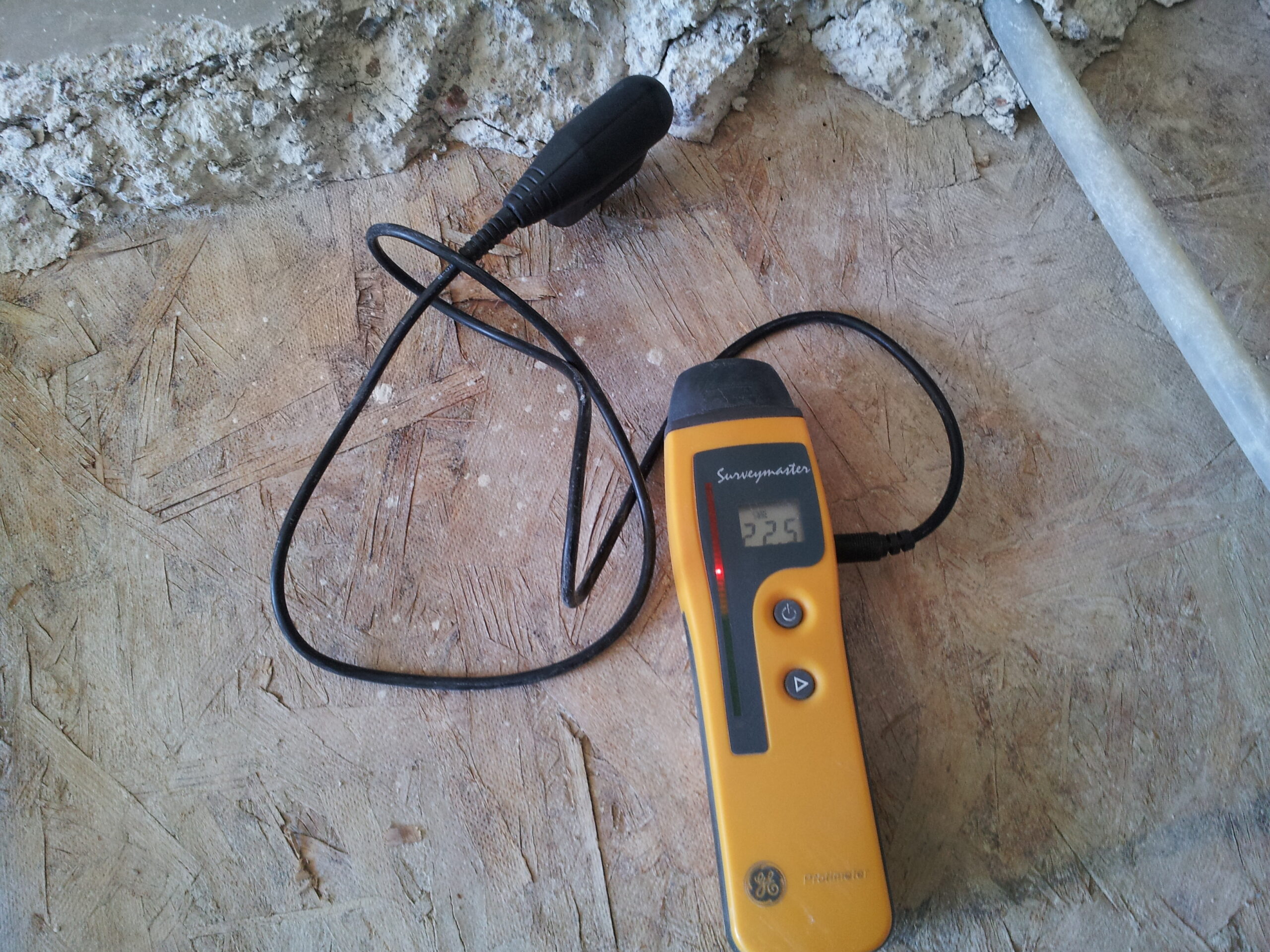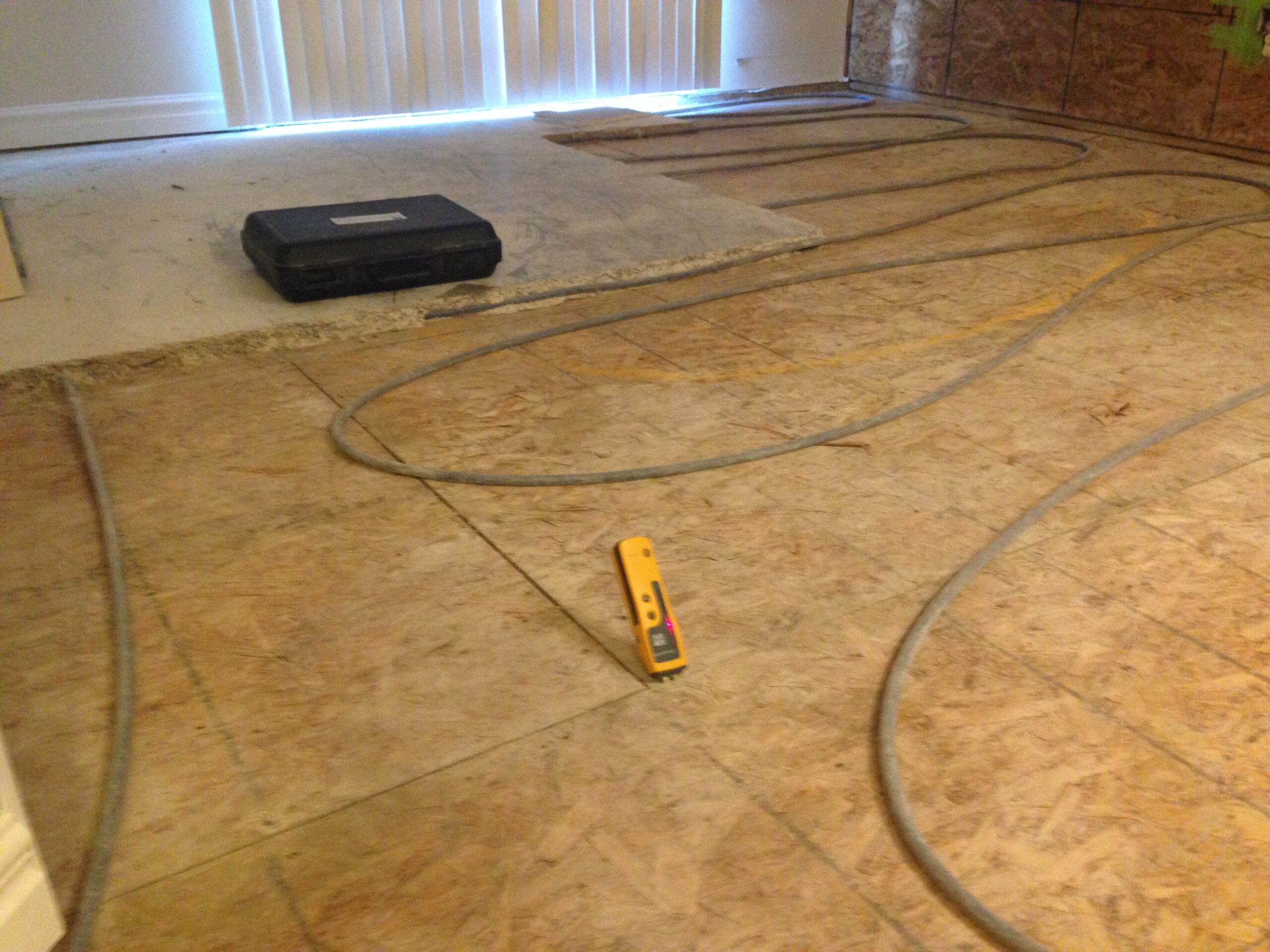In June 2015, Nuttall Restoration was contacted to provide expert opinion and aid in restoring a large apartment building. The building had flooded as a result of a number of malfunctioning air-conditioning systems in individual apartment units within the building. Leaking water had caused widespread flooding in approximately 20 of the 60 modern, newly built apartments causing damage to ceilings, walls, flooring and kitchen cabinetry.
Initially, we were asked to provide consultation services given our experience in building construction. Over a period of three weeks, the Nuttall team identified the problems with the cooling systems. A comprehensive repair solution, backed by a local mechanical engineer, was developed to remedy these faults in the systems.
The Restoration
Due to a number of factors, it was required that the air conditioning units continue running to offset hot summer temperatures so the other tenants wouldn’t want to vacate the building. This meant that the flooding would be ongoing until repairs could be made to all units.
The building was constructed with wood framing with concrete poured overtop of each wood framed floor. During the flooding, water became trapped between the layers of the floor further aggravating the situation. Additionally, there was water damage inside the fire separations and structural walls between apartments. This would require careful and methodical repairs.
We were tasked with two challenges. The first was to control and mitigate the ongoing flooding and water damage until repairs could be designed by a mechanical engineer and executed with an HVAC company a number of weeks later. The second was to carry out all restoration repairs to the building without affecting tenant occupancy.
Conducting drying and flood control required specialized drying techniques and environmental controls in order to aggressively dry hard to reach areas. It was imperative that moisture levels remain below a dry standard to prevent mould. Our team of remediation technicians and advanced drying specialists were able to successfully dry and control all affected areas over the course of eight weeks.
Following repairs to the air conditioning systems, we began the process of water restoration in the 20 affected units. Engineers found the wooden substrate under the concrete floor was weakened by water damage in a number of units. This affected the structural integrity of the building.
Repairs to the weakened floor involved removing the concrete floor and re-framing the affected substrate. This would be a difficult task under normal circumstances but was further complicated by the excessive noise this repair would cause in consideration of the tenants in the building.
This process required careful planning and execution. Prior to the restoration, we carefully coordinated the demolition and subsequent repairs by meeting with all the affected tenants to identify a schedule that would meet their needs.
The Outcome
Despite some significant challenges, our ability to plan and execute a job of this size and scope enabled the restoration to be carried out in a systematic way causing minimal disruption to the operations of the building.
We gained valuable insight and knowledge in regards to dealing with large, complicated projects. This experience in particular helped us to further refine the skillset needed when coordinating multiple parties. Projects of this nature continue to be one of our specialties.



